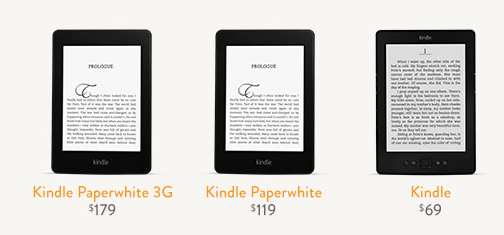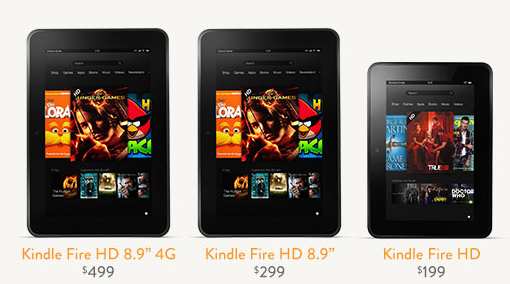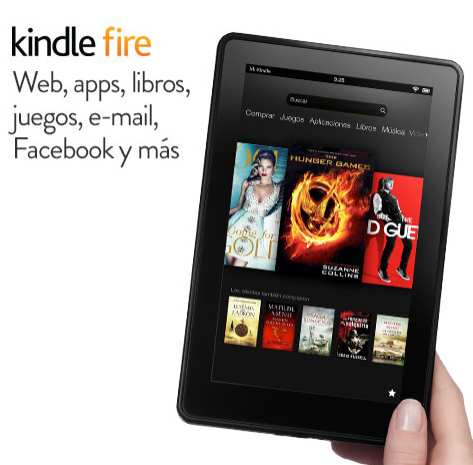| The New Kindles - The Rise Of Amazondroid |
| Written by Mike James | |||
| Friday, 07 September 2012 | |||
Page 1 of 2 Amazon has just announced a new range of Kindle models. From the programmer's point of view not much has changed, but where exactly does the growing power of Amazondroid take us? Amazon is following roughly the same course as Google in building systems that integrate with its services. In Amazon's case the services are more directly aimed at getting the user to spend money. Put simply Amazon sells you books, ebooks, music and an increasingly wide range of other commodities - it is far from being just being a vendor of apps. Yes Google has Play, which aims to sell you a limited range of things, but the emphasis here is on limited - it doesn't compare to Amazon's retail machinery. As a result Amazon probably has more to gain from selling its customers ebook readers and tablets that are hooked into its infrastructure than Google does. What makes this story very strange is that Amazon uses the software that Google produces to drive its own hardware - i.e. Android. As Android is open source Amazon can just take a copy of the source code and use it to build a customized OS that powers the Kindle range. This is both good and bad news for the developer. It is good news because the Kindle range offers another market for Android apps. It is bad news because Amazon Android represents another fragmentation of the market - yet another version of the OS to support.
First we need to be clear which Kindle devices are Android based and what to make of the non-Android part of the family. All of the ink display based devices, that is the new Kindle Paperwhite 3G ($179), the Paperwhite ($119) and the basic Kindle ($69), run a customized version of Linux (Kernel 2.6.22) with custom drivers for the special hardware in use. The system is secure and you need a key and signed code to be able to develop apps for it. Amazon makes a development kit - the KDK (Kindle Development Kit) - available that allows apps to be built using Java. However, to date the KDK has been in a limited beta and only approved developers have been able to get hold of it. In addition all apps have to be approved by Amazon and there haven't been very many of those. As a result the ink based Kindles have been regarded as not being part of mainstream app development and something of a special case.
However, many developers have jail-broken the Kindle and used their own development tools to build unofficial apps. This might be fun but in the main there is little profit in it. It is also generally reported that the Kindle OS is fragile and very easy to crash. Given that its operating mode is to never reboot, you can appreciate that even tiny memory leaks would accumulate. Perhaps this is the reason that the KDK is still in closed beta and Amazon simply wants to avoid annoyed users complaining that third party apps have killed their Kindles. If so, it's a poor situation given the time that Amazon has had to bring the device up to scratch. Play with FireThe real developer playground is of course the Kindle Fire series of machines, which run a much more standard Android version of Linux. The original Kindle Fire was based on Android 2.3.3, aka Gingerbread. The new "HD" machines - Kindle Fire HD 8.9" 4G ($499), HD 8.9" ($299) and HD 7" ($199) - all run Android 4.0.3, aka Ice Cream Sandwich, as does the revamped version of the original Fire.
The HD models feature high resolution screens:
Apart from screen resolution there isn't a lot of difference between the models - the processors are all dual core and the graphics chips are the same. They do differ in what comms and other peripherals they have - WiFi/4G and HD all have front facing cameras and bluetooth, with the largest device having GPS . Overall, however the family forms a very uniform platform only varying by the availability of a few peripherals. As well as just launching the new hardware, Amazon has also made the Fire, and the app store, available in five European countries. At the moment only the Fire and Fire HD 7" are available, but at least it starts to make Amazon look like a world player rather than just US-based - and of course, it increases the market for Fire apps.
|
|||
| Last Updated ( Friday, 07 September 2012 ) |


